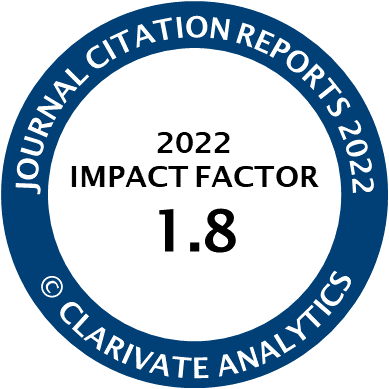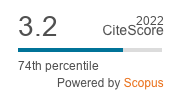Article | Open Access
Characterizing New Channels of Communication: A Case Study of Municipal 311 Requests in Edmonton, Canada
| Views: | 4346 | | | Downloads: | 1976 |
Abstract: City governments around the world are developing and expanding how they connect to citizens. Technologies play an important role in making this connection, and one frequent way that cities connect with citizens is through 311-style request systems. 311 is a non-emergency municipal notification system that uses telephone, email, web forms, and increasingly, mobile applications to allow citizens to notify government of infrastructure issues and make requests for municipal services. In many ways, this process of citizen contribution mirrors the provision of volunteered geographic information, that is spatially-referenced user generated content. This research presents a case study of the city of Edmonton, Canada, an early adopter of multi-channel 311 service request systems, including telephone, email, web form, and mobile app 311 request channels. Three methods of analysis are used to characterize and compare these different channels over three years of request data; a comparison of relative request share for each channel, a spatial hot spot analysis, and regression models to compare channel usage with sociodemographic variables. The results of this study indicate a shift in channel usage from traditional to Internet-enabled, that this shift is mirrored in the hotspots of request activity, and that specific digital inequalities exist that reinforce this distinction between traditional and Internet-enabled reporting channels.
Keywords: 311; digital divide; mobile app; municipal government; open data; VGI
Published:
© Qing Lu, Peter Johnson. This is an open access article distributed under the terms of the Creative Commons Attribution 4.0 license (http://creativecommons.org/licenses/by/4.0), which permits any use, distribution, and reproduction of the work without further permission provided the original author(s) and source are credited.




